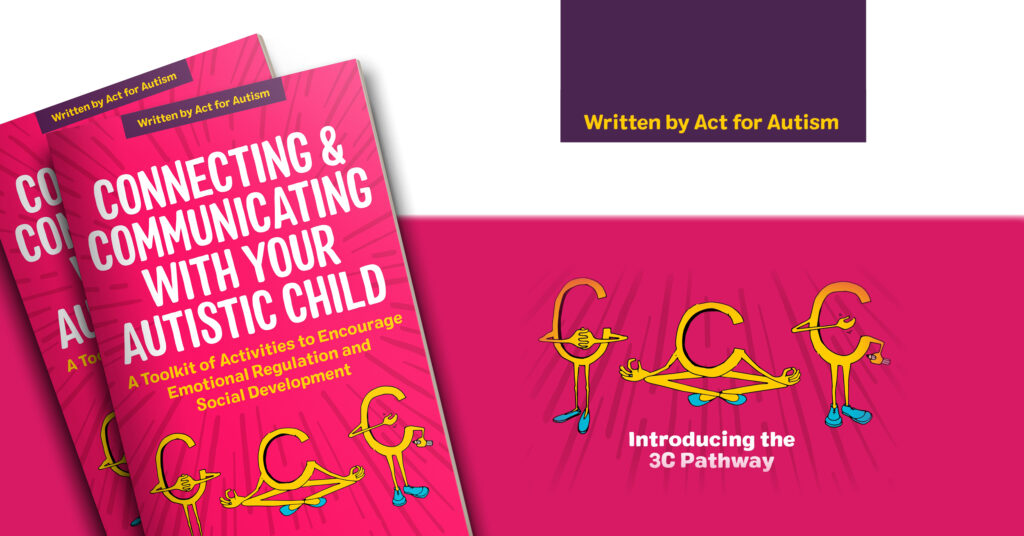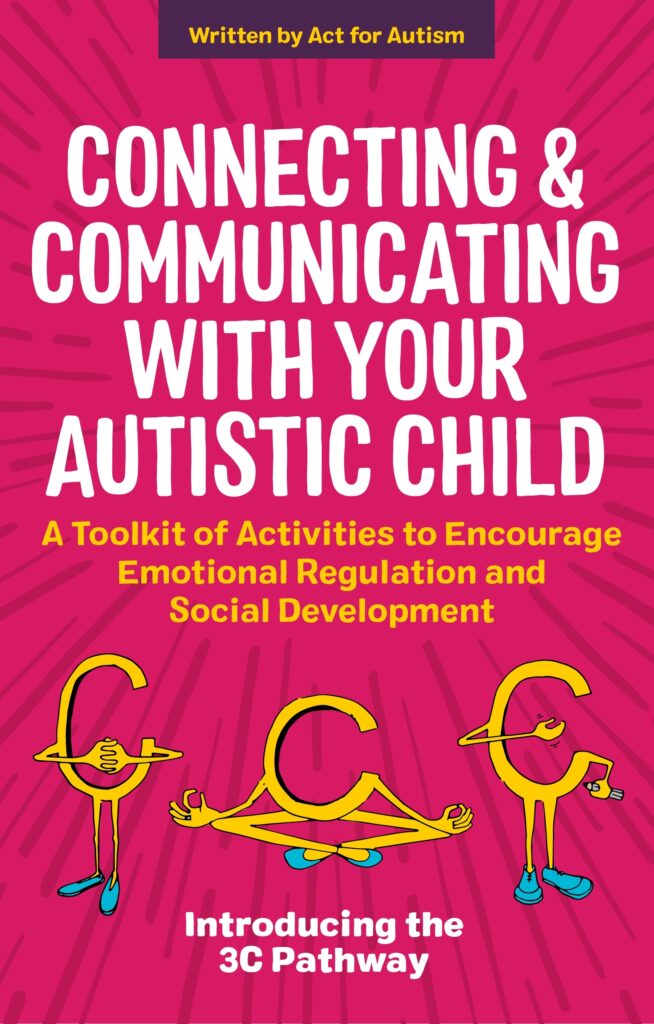Connecting and Communicating with Your Autistic Child is a new book which outlines the author’s simple, person-centred ‘3C pathway’ of connecting, calming and communicating, which in turn enables parents to gain an understanding of the challenges an autistic child may face by ‘walking in their shoes’, while empowering children to become more self-aware and express themselves in healthy ways.
When Tessa Morton and Jane Gurnett co- founded Act for Autism in 2016 the last thing they would have imagined themselves doing was writing a book. However, when Jessica Kingsley Publishers presented the possibility, they leapt at it. This ‘Just say yes’ attitude is born of the desire to spread the message as far and wide as possible, and the message is, if you are neurotypical then ‘the change starts with you’ when it comes to creating and maintaining meaningful relationships with people that see, feel and hear the world differently to you.

Tessa and Jane’s capacity for trying to be part of this change includes running training for Health Care Professionals, Teachers and Parents, also making award winning films, but most importantly working with and learning from the real experts’ who are autistic children, young people and adults.
Whilst training they pull no punches; for example, they ask participants to ‘walk in the shoes’ of someone who finds a world designed by and for neurotypicals difficult to negotiate and challenging to feel part of. Using visceral exercises, where participants are tasked to empathise through experiencing sensory overload and ‘cognitive chaos’ they create an experience that many participants say stays with them and gives them a greater understanding of why the change has to start with them.
Over the last five years the content of the book Connecting and Communicating with your Autistic Child grew through osmosis. Tessa and Jane would consume papers and articles, visit every website and source of information they could find. Attend and speak at conferences, dashing from speaker to speaker ticking off the conference list making sure they had, between them, covered every avenue. Secure post graduate degrees constantly exchange ideas and create new exercises and strategies, but all the time it was the real experts, the children and young people they work with, who created the books content.
Tessa and Jane observed that if they took two systematic steps back, before swinging into communication mode that seemed to help. By simply connecting in a calm, open, authentic way, the person felt safe and seen. If they failed to do this, in their keenness to communicate, they saw communication failing and autistic individuals shutting or ‘melting’ down, because of the pressure they felt to meet peoples’ needs. It was the very simple act of taking a couple of systematic steps backwards that helped to create the 3C Pathway. Tessa and Jane had, for example, witnessed many autistic individuals immobilised by other people’s ‘noise’ when there was too much energy flying around and multiple instructions.
Why would one need a book to tell you how to be less noisy? Parents had related experiences where they had been told that patience was what was needed when communicating, this they felt was a given but, and here was the problem, how do you become more patient and less noisy for someone when you don’t really understand why you are doing it as you perceive the world differently.

This book includes insights and information on sensory and neurological differences through to the use of drama techniques but has at its heart ‘The 3C Pathway’ a unique low-arousal technique that could revolutionise parenting and working with autistic individuals. It will really help you to understand (by walking in the shoes) about what it feels like to see, hear, and feel the world differently. Many parents and professionals struggle to grasp this and consequently autistic individuals struggle to trust and connect with those people in their lives.
As parents and professionals, it was always Tessa and Jane’s desire to build reciprocal communication with the children they love and work with. It is the key to building a trusted relationship.
The book is full of step by step easy to follow exercises and strategies which is what makes it a must read, one can understand cognitively why the need to be patient and less ‘noisy’, but it’s quite another to be able to do it. This book will take you on that journey.
You can find this book on our website or wherever you buy books. If you would like to read more articles like this and get the latest news and offers on our books about autism, why not join our mailing list? You may also be interested in our Facebook page or Twitter page.